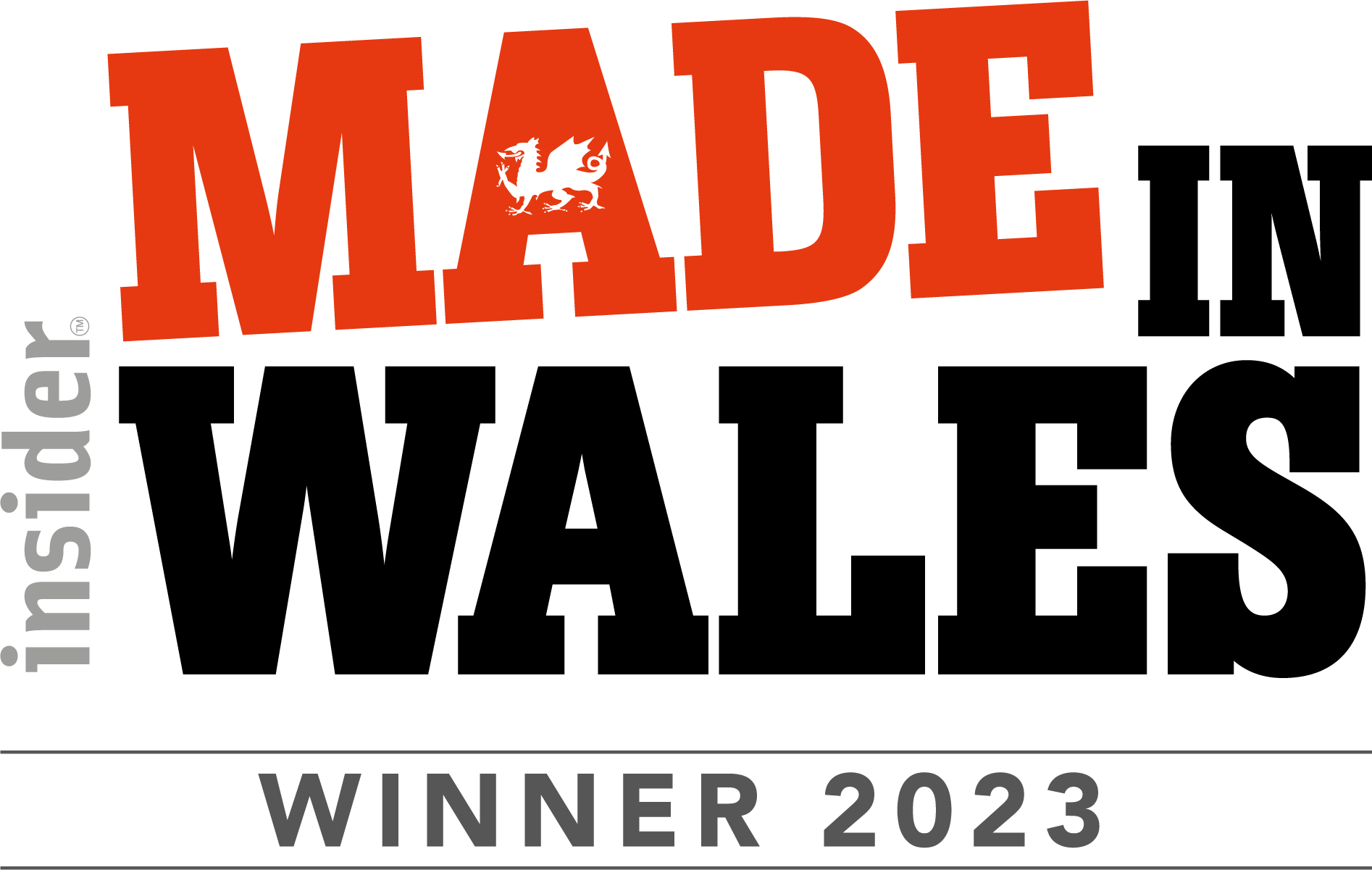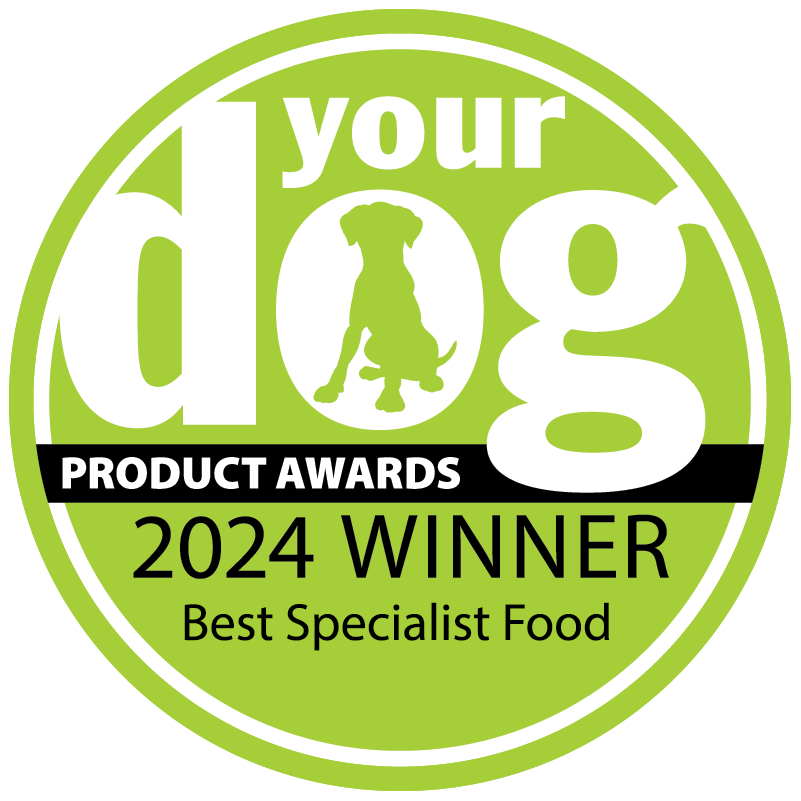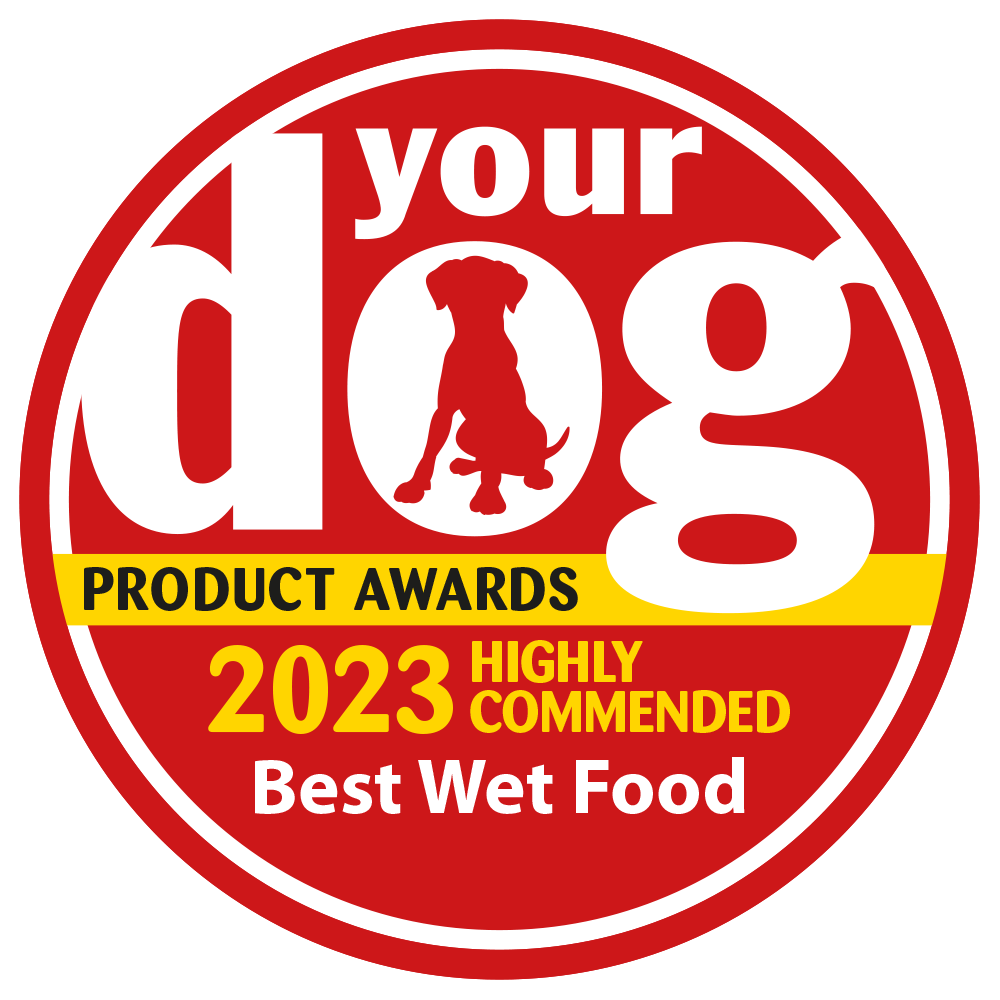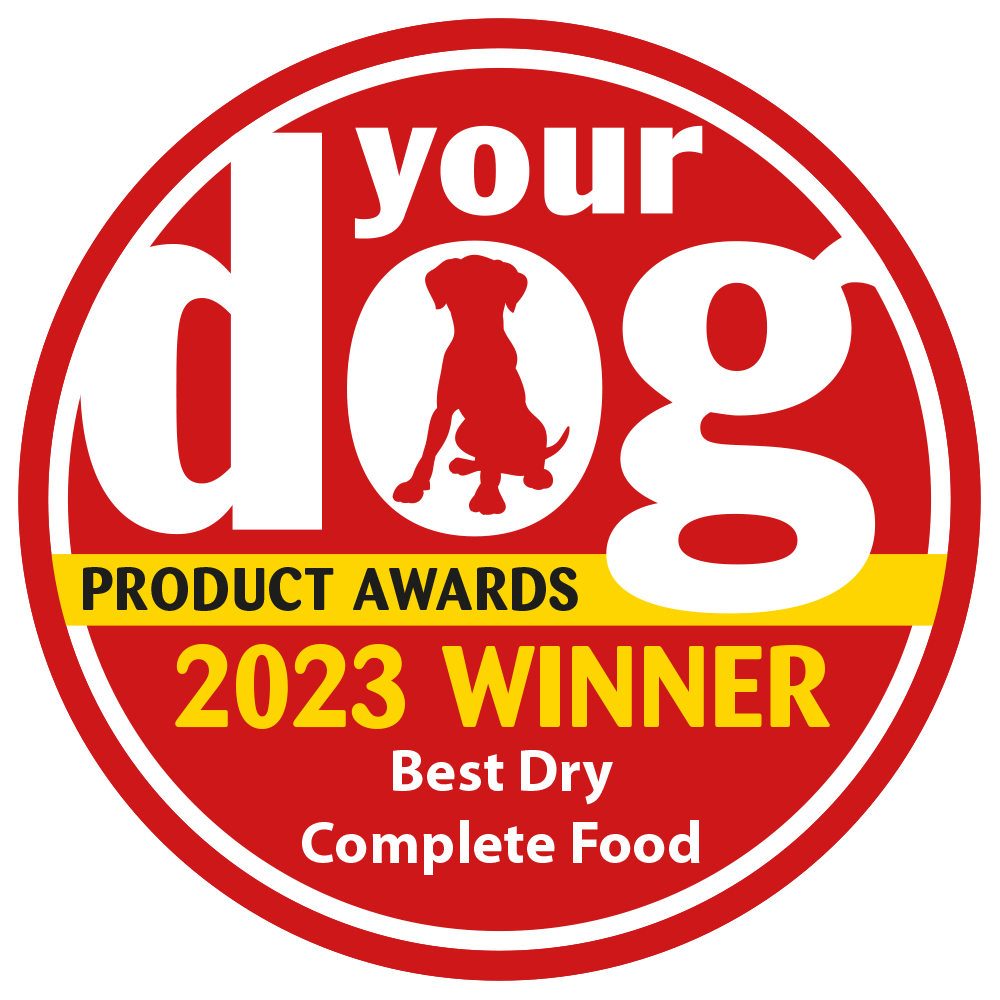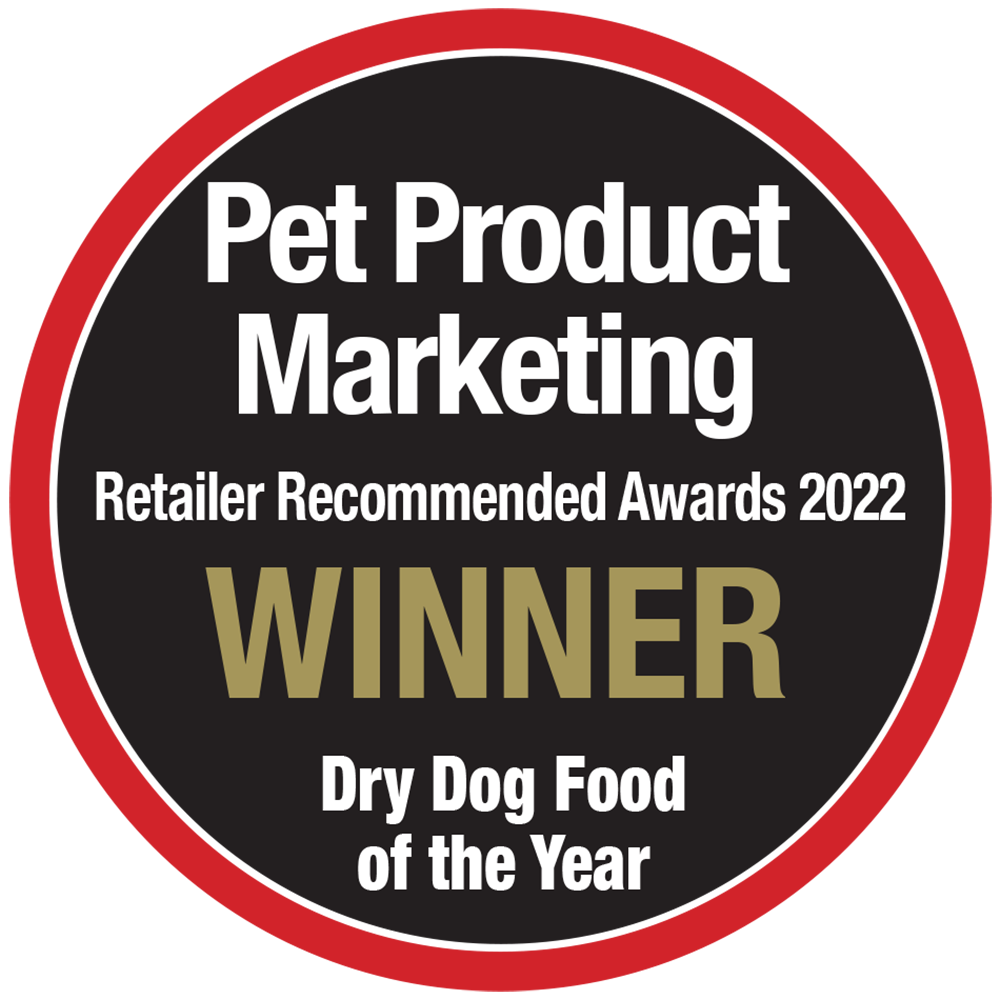
A perk of the modern world is that there are so many different catered-to diets, both for humans and our pets. But without knowing the differences between them, how are you supposed to know which is right for your canine companion?
One big crossover is between hypoallergenic vs grain free dog food. What’s the difference, which one should you opt for, and why? We’ll explain the differences, pros, and cons, here.
Grains can be an important part of a dog’s diet, but the often-used wheat is a common allergen in dogs, and it can be difficult for them to digest. Just because reactions to wheat are relatively common in dogs doesn’t mean that they will react to all grains; for example, brown rice is very different from wheat.
The benefits of grain in a dog’s diet shouldn’t be overlooked. They’re a form of carbohydrate which acts as a primary energy source for all of your pet’s daily escapades.
If a dry dog food doesn’t contain grain, it will often include a different type of carbohydrate such as potato or sweet potato, and there is no evidence to suggest that either one is better than the other.
Since every dog is unique, if your dog is having a problem, it’s essential to consider the ingredients they’ve previously been eating. If those ingredients didn’t work well for your dog, try something new. It’s also important to choose a high-quality dog food.
While wheat is a grain, soy is not, and a dog food that states it doesn’t have them doesn’t mean it doesn’t have any grains at all. If a pet food states that is has ‘no wheat or soy’, it could still have corn, rice, or any other type of grain.
Usually, these dog foods are simply trying to avoid the most common allergens, but are still keeping a form of grain in the ingredient list due to their benefits to a canine diet.
While grain-free food avoids all ingredients under the grain category, it still may contain other common allergens, such as beef and other common protein sources, or dairy.
Hypoallergenic food for dogs, on the other hand, strays away from the majority of common allergens in dog food, often following simple recipes with limited ingredients. Hypoallergenic dog foods may use novel protein sources like duck or fish, and other ingredients that your pet is less likely to have come across in the past. This makes them perfect for trialling an elimination diet, or for switching over to if you know your dog’s digestive system is more on the sensitive side.
A hypoallergenic diet for your dog is ideal if they’re showing symptoms that could be associated with an allergy. Switching them to a hypoallergenic dog food removes all the most notorious allergens from their diet in one go, meaning there’s a higher chance of it quickly alleviating their symptoms (and stress!) than by just removing grains alone.
While any ingredient could cause an allergic reaction in your dog, some are commonly recognised for doing so. When picking out a dry dog food, be aware of ingredients such as beef, chicken, dairy or wheat, as these are some of the most common causes of allergic reactions in dogs.
While these ingredients aren’t blanketly bad for dogs, they’re a good place to start your investigation if you suspect your dog might be experiencing adverse food reactions.
Hypoallergenic is not the same as grain-free. Hypoallergenic dog food is not always grain-free, and grain-free dog food is not always hypoallergenic.
All of our grain-free and hypoallergenic dog foods are clearly labelled and easy to find, but if you’re looking for a food that suits both dietary requirements, it’s best to check the ingredients list. Our sensitive grain-free duck and potato mix or sensitive grain-free turkey and potato could be the answer to a delicate canine tum.
A true grain-free diet would mean an ingredient list that avoids all grains, including barley, oats, rice, and wheat. Our grain-free food uses nutrient-rich buckwheat, as well as potato, as an alternative to grains to provide a steady release of energy.
Despite the misleading wheat-based name, buckwheat is not actually a grain. In fact, it’s actually a seed that’s more closely related to rhubarb. Despite this, it is often considered a superfood as it is rich in B vitamins as well as fibre and protein.
If your dog has recently started exhibiting strange new behaviours, it’s possible that they’ve developed an allergy. You’ll want to look out for scratching, inflamed skin, and ear problems, as well as gastrointestinal upset like vomiting or diarrhoea. Have a look at our guide on the Top 5 Signs of Food Allergies in Dogs for a more detailed breakdown.
Unfortunately, it’s difficult to tell by looking at the symptoms alone what exactly is causing your dog’s discomfort. It could be dietary, it could be something environmental, it could be a skin condition, or even something else. Hypoallergenic elimination diets are one thing to try, but if you’re worried about your pet, it’s always best to get a vet’s professional opinion.
For the majority of dogs, it’s unlikely for them to be allergic to all forms of gluten.
However, that’s not to say they can’t have an allergy to a specific type of gluten. Wheat is one of the most common allergens in dogs, alongside beef, lamb, and dairy, which is why we curate specialist hypoallergenic diets that avoid all the main culprits.
The answer, ultimately, is that it depends on what your dog’s struggling with. The best place to start if you’re unsure is often with an elimination diet, in which case we recommend swapping your dog’s current daily dinner for our hypoallergenic dog food.
There are a lot of health benefits to keeping grains as part of your dog’s diet, but if you know they’re the culprit of your dog’s digestive issues, you can still opt for a healthy grain-free diet!
If you’re unsure whether a hypoallergenic diet, grain-free diet, or something else entirely is what your pet needs, contact our nutrition team for free further advice. At Burns, your pet’s health is always your priority, so we’re always on hand to provide advice when it comes to what might be best for your specific dog’s diet.
If you're unsure about which type of food is right for your dog, you can get free advice from our team today.

